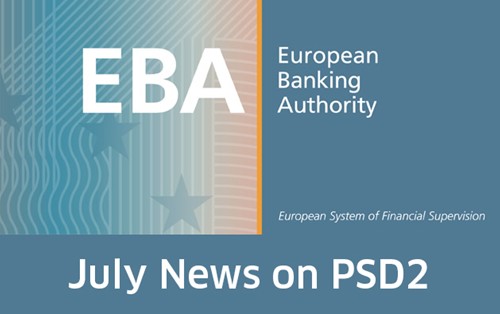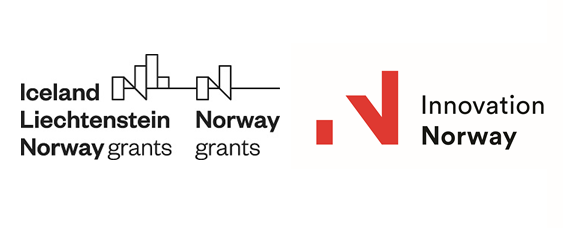Let’s take a look at what June had to offer us in the banking and FinTech bubble.
HINT: it’s mostly about cooperation in the industry, RegTech and open banking, with a dash of cybersecurity and trends.
Cross-border Cooperation in FinTech
After signing a FinTech co-operation agreement with Indonesia earlier this year, Australia pushed the fast-forward button in June and inked 3 more such agreements, with Japan, Malaysia and Hong Kong.
The Australian Securities and Investments Commission (ASIC) announced the completion of these co-operation frameworks in order to promote innovation in financial services in their respective markets and more agreements are expected in the following months.
Moreover, according to recent research, Australia is significantly ahead of the UK and the US in the payment technology race and their cashless future with instant payments is galloping to become reality.
But Australia isn’t the only one to embark on the FinTech collaboration journey at full speed. Singapore is breathing down its neck after signing a similar co-operation agreement with Denmark, right after the Money 20/20 Europe conference in Copenhagen.

“Financial innovation is not confined to national borders.” Thomas Brenoe,
Deputy Director General, Danish FSA – on Singapore-Denmark agreement
This collaboration aims to help FinTech companies in both countries expand into each other’s markets, as well as explore joint innovation projects together, sharing information on emerging market trends and their impact on regulation.
Furthermore, Singapore regulators have recently proposed rules that will make it easier for banks to conduct or invest in non-financial businesses such as e-commerce and digital-payment platforms.
Singapore’s proposals come as financial technology and e-commerce giants are expanding financial services including digital payments in Southeast Asia as part of their global strategy, thus helping banks to better compete with non-bank firms in the area.

“The future belongs to the technological giants and to the banks that copy, acquire or collaborate with FinTechs. It’s neither cheap nor easy, but the alternative is irrelevance.” Brett
King, CEO, Moven
RegTech Status in Asia-Pacific. Brief Pit Stop in Bahrain
According to the latest news, RegTech is getting ready for a great start in Southeast Asia, where financial institutions often have to deal with more than a dozen different regulatory regimes. But there are 2 sides to this coin…
Though RegTech is meant to maximize financial performance and risk management, some international banks anticipate the costs of complying with the new rules to be so high that they are considering leaving the Asia-Pacific region.
Turning to the Middle East, it’s worth mentioning Bahrain‘s central bank (CBB), who launched on June 18 a regulatory sandbox which will enable FinTech companies to test out their products and services. The bank’s governor explained this move as: “We are witnessing how technology is defining financial services and CBB remains at the forefront of these developments to enable the industry to advance similarly.”
The Latest Studies in the Financial Industry
A. Cybersecurity Insights
Cyberattacks impacting financial institutions are largely executed for direct financial gain, very few aiming to hurt the brand or customer loyalty. However, these are prominent side effects, of course.
More important is how these attacks take place: 88% of security incidents are either web app attacks, DDoS attacks, or payment card skimmers, with a vast majority targeting ATM machines – 66%. More information on this topic can be found in Verizon’s annual Data Breach Investigation Report (DBIR).
B. Top Trends
Can you guess what all the latest buzz is still about? Suuure… Artificial Intelligence, blockchain and open banking. The prediction goes like this: AI will become the main way banks interact with their customers in the next 3 years, blockchain adoption will lead to faster transactions and lower costs, while open banking will keep increasing competitiveness.
Another aspect to take into account is the necessary transformation of commercial banks in the direction set out by all those disrupting FinTechs that focus on the customer. This is expected to benefit banks in terms of increased profitability and efficiency, with a plus on the safety and soundness side, building engagement on a digital experience.
C. Open Banking and APIs
This is what the future of banking relies upon: third parties developing new products and services through use of APIs, followed by a FinTech-bank collaboration to leverage their complementary strengths and enhance the customer experience.
Recent studies underline an otherwise expected fact: FinTechs are more likely than traditional banks to provide positive banking experiences, and that is partly because they’re not dragged down by the legacy technology and the outdated processes that banks still have to deal with.
Over 90% of banks and 75% of FinTech companies say they expect to collaborate in the future, since open APIs will likely lead to a more effective use of data, the rise of new business models, and enhanced customer trust. All these and more, in the World Retail Banking Report 2017.














